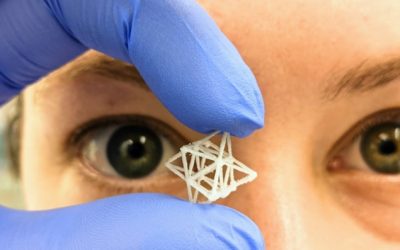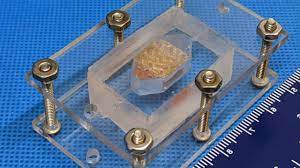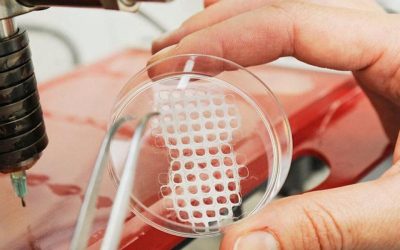In a native bone marrow tissue microenvironment, mesenchymal stem/stromal cells form an important constituent of the stem cell niche, which is composed of extracellular matrix (ECM), niche cells, biophysical cues, and growth factors.
These microenvironmental elements play a major role in guiding stem cell behavior, such as growth, stemness, maintenance, and lineage differentiation. The rapid progress in biomaterials advancement and stem cell biology has opened new directions in stem cell therapy. Ideally, biomaterials intended for tissue regenerative medicine applications should perform the structural and biochemical functions of the native ECM, which provides cells with physical (structural/morphological), chemical, and mechanical cues through its three-dimensional (3D) architecture, until the cells’ own ECM takes over.
Advanced techniques related to material synthesis are significantly important for designing temporary tissue engineering scaffolds, which not only support cell growth but also facilitates 3D tissue formation. This review concisely describes the types of natural and synthetic […]
Indirect 3D printing creates intricate bioscaffolds for bone and tissue regrowth
Researchers in fields such as tissue engineering and biomedical device development are increasingly harnessing the...





0 Comments